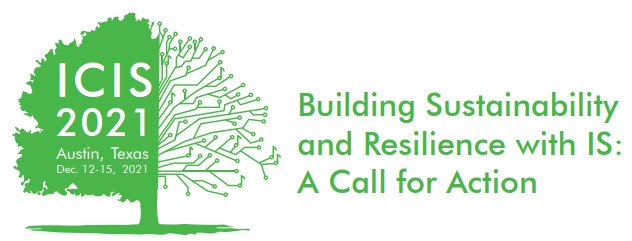Data Analytics for Business and Societal Challenges
Loading...
Paper Number
1311
Paper Type
Completed
Description
One effective approach to fight fake news is to automatically filter it out using computational approaches. However, current approaches have neglected to identify the intention behind posting fake news leading to errors in flagging fake news. In this study, following the design science approach, we propose a novel deep-learning framework for detecting online fake news by incorporating theories of deceptive intention. Specifically, we first develop a transfer-learning model that identifies deceptive intention reflected in text and apply it to distinguish two subclasses of fake news: deceptive and non-deceptive fake news. Then, these two classes of fake news, along with an observed class of non-fake news (i.e., true news), are used to train deep bidirectional transformers whose goal is to determine news veracity. Our framework is empirically evaluated and benchmarked against cutting-edge deep learning models. Our analysis reveals that the models incorporating our deceptive-intention-based design significantly outperform state-of-the-art baselines.
Recommended Citation
Lee, Kyuhan and Ram, Sudha, "Intention-based Deep Learning Approach for Detecting Online Fake News" (2021). ICIS 2021 Proceedings. 4.
https://aisel.aisnet.org/icis2021/data_analytics/data_analytics/4
Intention-based Deep Learning Approach for Detecting Online Fake News
One effective approach to fight fake news is to automatically filter it out using computational approaches. However, current approaches have neglected to identify the intention behind posting fake news leading to errors in flagging fake news. In this study, following the design science approach, we propose a novel deep-learning framework for detecting online fake news by incorporating theories of deceptive intention. Specifically, we first develop a transfer-learning model that identifies deceptive intention reflected in text and apply it to distinguish two subclasses of fake news: deceptive and non-deceptive fake news. Then, these two classes of fake news, along with an observed class of non-fake news (i.e., true news), are used to train deep bidirectional transformers whose goal is to determine news veracity. Our framework is empirically evaluated and benchmarked against cutting-edge deep learning models. Our analysis reveals that the models incorporating our deceptive-intention-based design significantly outperform state-of-the-art baselines.
When commenting on articles, please be friendly, welcoming, respectful and abide by the AIS eLibrary Discussion Thread Code of Conduct posted here.




Comments
14-Data